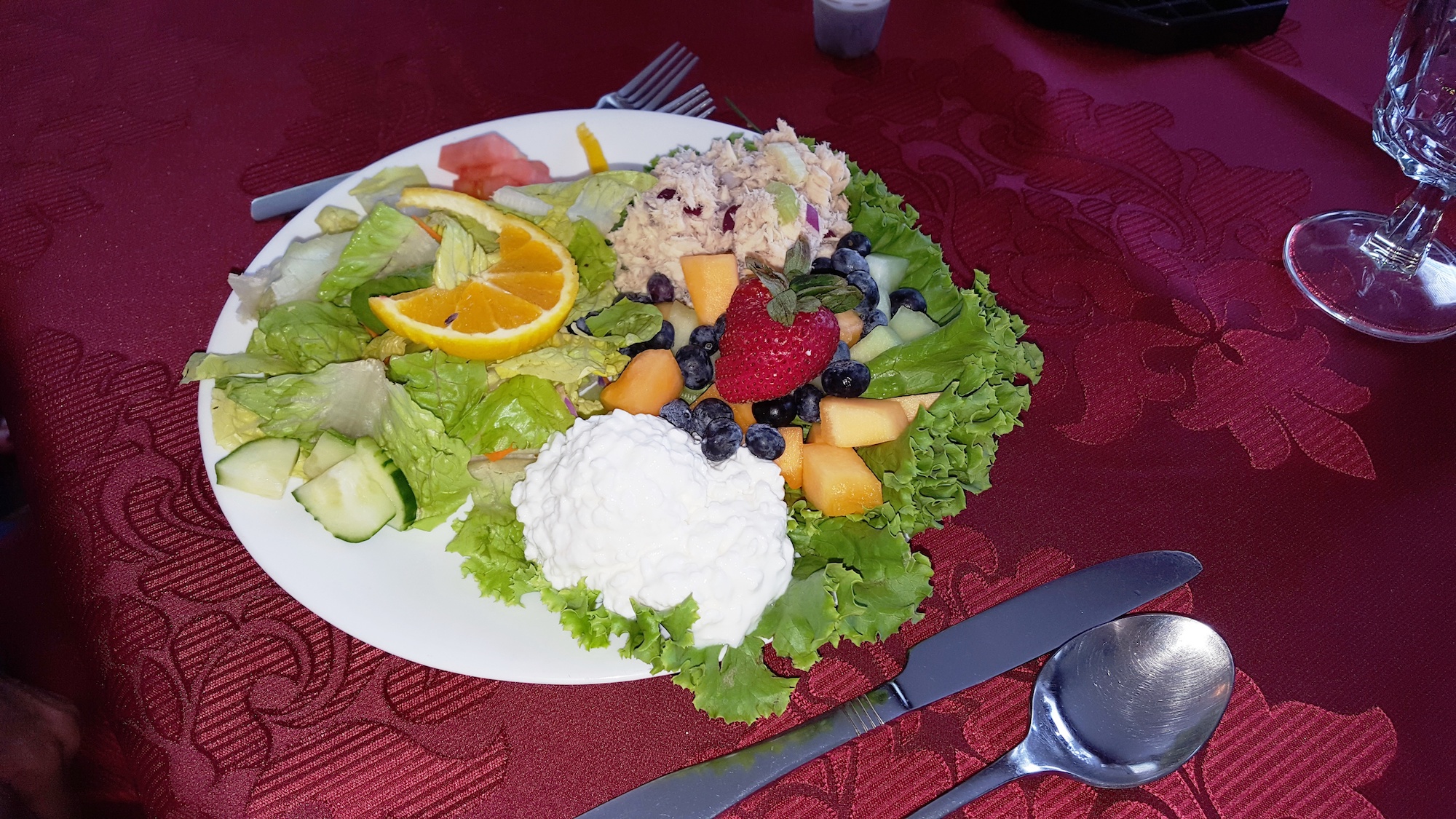
Montana may not exactly qualify as a safari destination, but it is with some justification it’s been called “America’s Serengeti,” after the Tanzania plains region famous for its wildlife migrations. After all, Montana has more wildlife and fewer people than anywhere else in the continental United States.
A bear cub cavorts in a meadow at Glacier National Park, digging, scraping and rolling about. A half-dozen pronghorn antelope play a spirited game of tag around several indifferent buffalo at the National Bison Range. An unfathomable number of birds and waterfowl harmonize impressively at the Ninepipes National Wildlife Refuge.
We started our search for “Watchable Wildlife,” as I heard it referred to, in Glacier National Park, 1.1 million acres of some of the most dramatic whiplash-inducing scenery I’ve seen. As a writer, I’m supposed to describe such wonder without clichés, but Glacier Country must have been why the term was invented. Glacier walls close enough to touch; breathtaking and breath-holding switchback roads hugging sheer cliffs; towering mountain peaks jutting out from steep bluffs; forests and glaciers, roadside waterfalls, expansive valleys peppered with colorful mountain ash and huckleberries; shimmering lakes peeking through the trees and around the curves. Suffice it to say, “Scenic Overlook” signs are redundant. I quickly forgot that I was here to see animals. If I hadn’t seen a single four-legged creature, the trip would have been worth it for the views alone.
However, I did. White tail and mule deer, bighorn sheep, mountain goats, bald eagles and, of course, the playful bear in the meadow. Right beyond there, a fluffy-white mountain goat appeared by the side of the road. He stood preening, almost posing for pictures. He climbed up on a nearby ledge as if upon a stage and continued pandering to the many photographers who had gathered.
Start your visit at the visitor’s center for some background information and driving routes. Then proceed slowly and carry a big binocular – or better yet, a telephoto lens. This is not a zoo. Although you may get lucky and see a number of animals eye to eye, most will be viewed through something you have to focus.
Be sure to take the ¼ mile trail just past Marker #5 to its end. Down below, you’re bound to spot bison eating, napping or out for a stroll. During July or August, mating season transforms the usual docile beasts literally into raging bulls. Picture male buffalo, weighing in at around 2000 pounds, challenging each other for the companionship of the more petite females, tipping the scales at a mere 800 pounds.
There are often two winners: the dominant bull, of course — and then the cougar, bear or eagle who gets to feast on the sumptuous carcass that remains. Buffalo themselves, however, are strictly vegetarians. Still, the other animals respect them much as a compact car doesn’t choose to mess with a Mack truck!
Remember the pronghorn antelope playing tag? Well, a little further down, another half-dozen of the graceful brown-and-white creatures were lounging roadside. With binoculars, I was able to count the blades of grass they were chewing. Sightings of animals range from black dots in the distance to those crossing the road in front of you. And if all else fails, there’s always another spectacular view to gawk at!
Refusing to succumb to the pressure to leave simply because I had a plane to catch, I opted for one last hike through Glacier National Park. The aerobic 2 ¼- mile Trail to Avalanche Lake takes you over rocky terrain, through regal red cedars, past deep ravines, rushing waters, cascading waterfalls — to a view as mesmerizing as, albeit different than, the one atop Wild Horse Island. The trail ends at a lake so remote you feel you’re the first to discover it. Backlit by a cul-de sac of mountains, this “Cirque“of rounded cliff-like formations caters to avalanches during the spring.
But don’t even think about hiking alone. This is bear country – and the bears take that very seriously. Although the fall is an especially beautiful time to visit (one translation: much less crowded), be particularly alert. When bears are intent on storing up food for the winter, they’re more likely to be startled. Other times of the year, they’re more attentive and thus more inclined to avoid you. Consider carrying a can of bear spray, a fairly effective way to avoid what is euphemistically called in Glacier Country, an “encounter.”
A trip in the spring, however, brings special opportunities to catch the locals at their most playful. Check out the “Avalanche chutes” in the Glacier Wall and Garden Wall along Going-to-the-Sun Road, as well as on the Avalanche Trail. As the snow melts, the chutes become a primary food source as bears feast upon goat and sheep carcasses trapped in the winter snows. You’ll delight in watching the youngsters frolic in the melting white stuff – like watching kids everywhere.
As they dragged me kicking and screaming to the plane, I hoped I would miss it, leaving me little choice but to spend the time instead exploring the other 699 miles of Glacier Park trails.
For more information about Glacier Country, call 800/338-5072, or visit their web site at www.glaciermt.com
About the Author:
Fyllis Hockman, a frequent contributor to FAB Senior Travel, lives in the Washington D.C. area. She is an established, award-winning travel writer and a member of Society of American Travel Writers member since 1992. She has been traveling and writing for almost 30 years.









